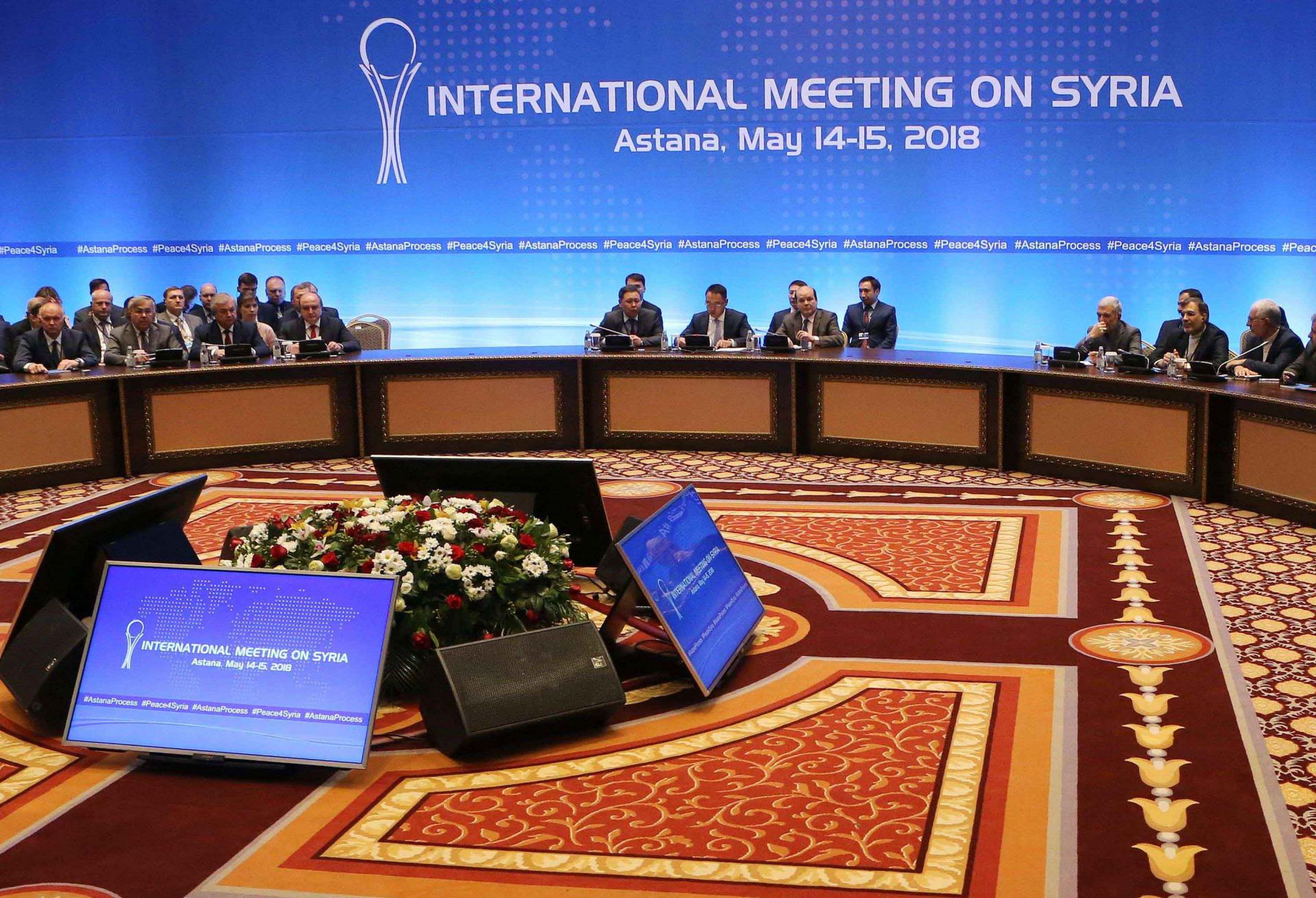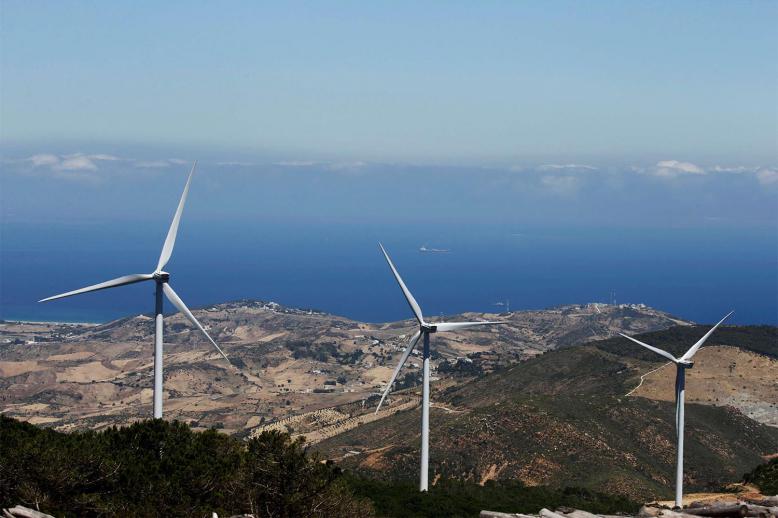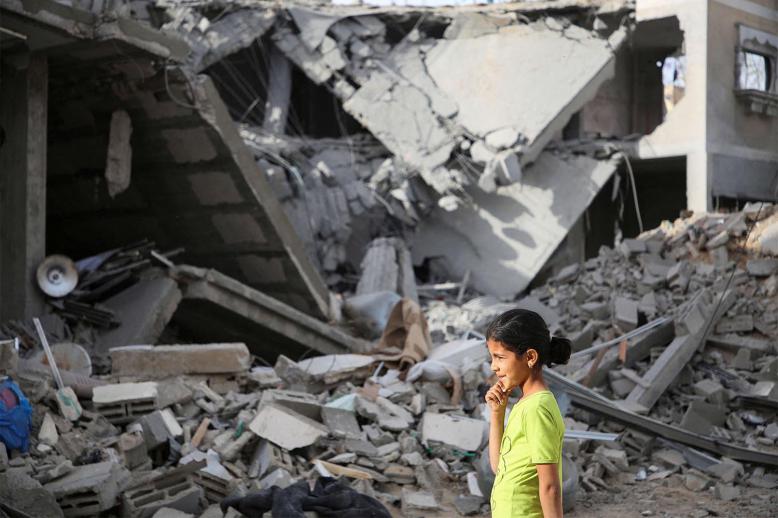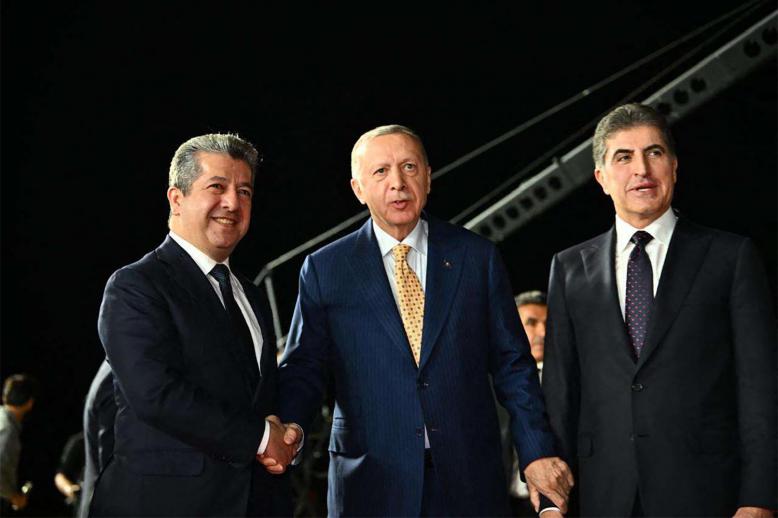Russia looks to regain leverage at Astana talks
The ninth round of Syrian peace talks wrapped up in Astana on May 15 with several topics on the agenda, including confidence-building measures, the fate of prisoners, outcomes of the Sochi Conference of January 2018 and, more importantly, the future of the now dysfunctional “de-conflict zones” in the Syrian battlefield.
Present were three of Syria’s main foreign players — Russia, Iran and Turkey, with Damascus and rebel groups all sending delegates to the talks. Two main absences were noted at Astana IX. One was Mohammad Alloush of Jaysh al-Islam. He had led the opposition delegation to all previous rounds. He stepped down in early May after his army was defeated and ejected from Douma, the principal town of the Damascus countryside. Replacing him is a politician rather than a militant, Ahmad Tomeh, a mosque preacher turned dentist and then politician. He is from the town of Deir ez-Zor along the Euphrates River.
The second absence was that of the United States, which has enjoyed the status of “observer” at the Astana talks since February 2017. None of the three guarantors seemed to mind the American no-show, with Russian presidential envoy Alexander Lavrentyev using it to continue hammering out an endgame to the Syrian conflict, tailor-made to fit the liking of his boss, Vladimir Putin.
US interest in the Syrian peace talks has been minimal, to say the least, since Donald Trump entered the White House in January 2017. The Trump administration did not seem to care what kind of endgame emerges in Syria as long as its three main priorities were met, namely the eradication of the Islamic State (ISIS), empowering the Kurds and clipping the wings of Iran and Hezbollah in Syria. A fourth undeclared objective also stands, which is a given for the United States: secure borders for Israel.
The first objective is all but done, as the ISIS caliphate collapsed in their self-declared capital of Raqqa last year. Syrian Kurds allied to the United States are still powerful and in control of entire chunks of land east of the Euphrates River despite a recent defeat in the city of Afrin, which lies west of the river, within Russia’s area of influence in Syria. Iran’s military bases in Syria were recently simultaneously attacked, allowing Trump to say that even that objective is on its way towards fulfilment. Left standing is the issue of the Syrian south, which was discussed at length at Astana IX.
For months, Russian diplomats have been telling the world that Syria needs to reassert control of the country’s south. Both Jordan and Israel have objected, claiming that any increased government presence there would likely mean giving Damascus’s allies in Iran and Hezbollah a permanent presence on their borders. During his meeting with Jordanian Foreign Minister Ayman Safadi at Sochi, Russian Foreign Minister Sergei Lavrov stressed that this would not happen, claiming that Russian troops would make sure that the Iranians would stay away from the border with Jordan, while UN forces would return to the south and guarantee that all non-Syrian players, in reference to Hezbollah and ISIS, would stay clear of Israel.
Technically the entire Syrian south was incorporated into the “de-conflict zones” agreement, which officially expired last November. Starting from the town of al-Quneitra in the Golan Heights, it was supposed to encompass Daraa and other strategic cities and reach all the way to the countryside of Suwaida in the Druze Mountains.
All rebels who refused to reconcile with Damascus were to be shipped, along with their families, to the city of Idlib in the Syrian north-west. Those who joined the Russian-led reconciliation programme would get to keep their light arms and join government troops in the fight against the ISIS-affiliate in the Syrian south, known as the Khaled Ibn al-Walid Army. The Syrian government would regain control of the Syrian-Jordanian border and get to reopen schools and police stations throughout the Syrian south, but it would refrain from sending troops, military personnel, tanks or aeroplanes to all cities included in the “de-conflict zones.”
What the Russians are discussing at Astana is an amended formula to that agreement, one that keeps no light arms in southern Syria and gives no role whatsoever to the armed opposition. After crushing their comrades in the Damascus countryside, the Russians feel they are in a much stronger position to negotiate, rejecting any compromise with the Syrian opposition.
The new agreement would allow government troops to enter the south, taking control of the Jordanian border, side-by-side with hundreds of Russian military police, while guaranteeing the safe return of UN peacekeeping forces. The Iranians do not mind and nor do the Turks, who are carving out their own sphere of influence on their borders with Syria, seemingly with Russian approval as well. As negotiators assembled in the Kazakhstan capital May 15, Turkish troops marched across the border, with 50 military vehicles, setting up their second observation station in the western countryside of Hama, their 11th in Syria.
Turkish troops are present within the border towns of Azaz and Jarabulus and in the inland one of al-Bab. They recently overran Afrin and are eyeing Manbij, also west of the Euphrates, lying within Russian territory.
In exchange for supporting their schemes throughout the rest of the country, including a political endgame that suits the Kremlin, the Russians are doing nothing to stop the Turks, and Ankara has declined to lift a finger to help its proxies coming under fire from the Russian Air Force. It’s a win-win scenario for the two countries, one that neatly divides their shares of the Syrian patchwork while keeping pockets of Iranian influence, no more, along with the Damascus-Beirut Highway and in the Qalamoun Mountains.
This article was originally published in The Arab Weekly.





